 Everyone has been talking about the tablet market. Especially about the prices of tablets. Ever since HP decided to pull out of the market and dumped its discontinued tablet with its discontinued OS, it became clear that price is a much bigger hurdle for buyers than most expected. Enter Jeff Bezos and the new Amazon Kindle Fire. A $199 tablet that could be the biggest change to the tablet market since the introduction of the iPad.
Everyone has been talking about the tablet market. Especially about the prices of tablets. Ever since HP decided to pull out of the market and dumped its discontinued tablet with its discontinued OS, it became clear that price is a much bigger hurdle for buyers than most expected. Enter Jeff Bezos and the new Amazon Kindle Fire. A $199 tablet that could be the biggest change to the tablet market since the introduction of the iPad.
The Kindle Fire has been based on the hardware of the RIM Playbook, but with Amazon’s own Android based operating system that seems more than enough to offer a good user experience. Obviously I have not had my hands on one the people who have, seem to be pleased with it. A good reason might be that Amazon firmly believes that everything you use on the tablet you should be able to use from the cloud. And that makes the 8Gb storage limit much more believable and practical.
Lets be honest, the biggest thing in the Kindle Fire launch is the new Silk browser. the Silk browser is a new angle that Amazon is taking with their Elastic Computing Cloud (EC2). They already offered the power and storage of their servers to startups and anyone who wanted to take an advantage of their speed. But now they are offering it to everyone through the Silk browser.
The Silk browser helps you access webpages smoother and quicker than other tablets. Why? Well, basically because you do not browse the web yourself, but Amazon’s EC2 does it for you. You send out the request and EC2 gets the page and repackages it into something a lot simpler and easier to load for your Kindle Fire. And as you will be browsing pages that others browse as well, those pages can be served faster than you would get them from a conventional browser.
However, there is a downside to Silk. And that is called EC2. That is, if you value your privacy. There is a reason why Amazon offers the Kindle Fire at $199. It is called sponsorship. Because Amazon is going to learn endlessly more from your tablet than any kind of customer research can teach them. They will go with you on your surfing trips, your trips to find the best deals, your trips to relate to your social networks and everywhere else. And it will do it in the nicest way possible. So, Google, where does your chromebook stand now?
In all honesty, the Kindle Fire is a nice tablet. It looks nice, seems to be fast enough and with Amazon’s appstore for Android you have all the possibilities you get on tablets twice the price. The Kindle Fire is going to have a pretty big impact on the tablet market. Here’s for hoping there will be EC2 privacy settings.
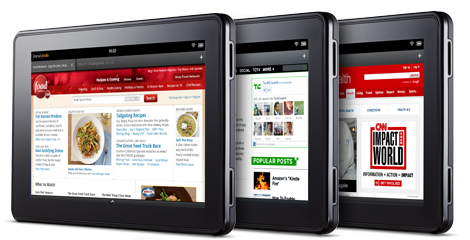

 The like button has only been around for about a year. Just a year. And look what it has done. It has brought over us a storm of people asking us to click that button for their sake. It has brought us services that have included their own version of the like button like
The like button has only been around for about a year. Just a year. And look what it has done. It has brought over us a storm of people asking us to click that button for their sake. It has brought us services that have included their own version of the like button like 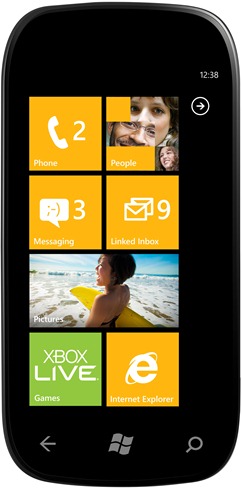
 Earlier tonight Microsoft has started to release the new Mango version of Windows Phone to its customers. If you are running a Windows Phone, it is probable that you will need to be patient as they hope to be releasing Mango to 10% of its customer base today. They will be taking weeks to update all of the handsets and carriers that are currently offering phones running WP7.
Earlier tonight Microsoft has started to release the new Mango version of Windows Phone to its customers. If you are running a Windows Phone, it is probable that you will need to be patient as they hope to be releasing Mango to 10% of its customer base today. They will be taking weeks to update all of the handsets and carriers that are currently offering phones running WP7.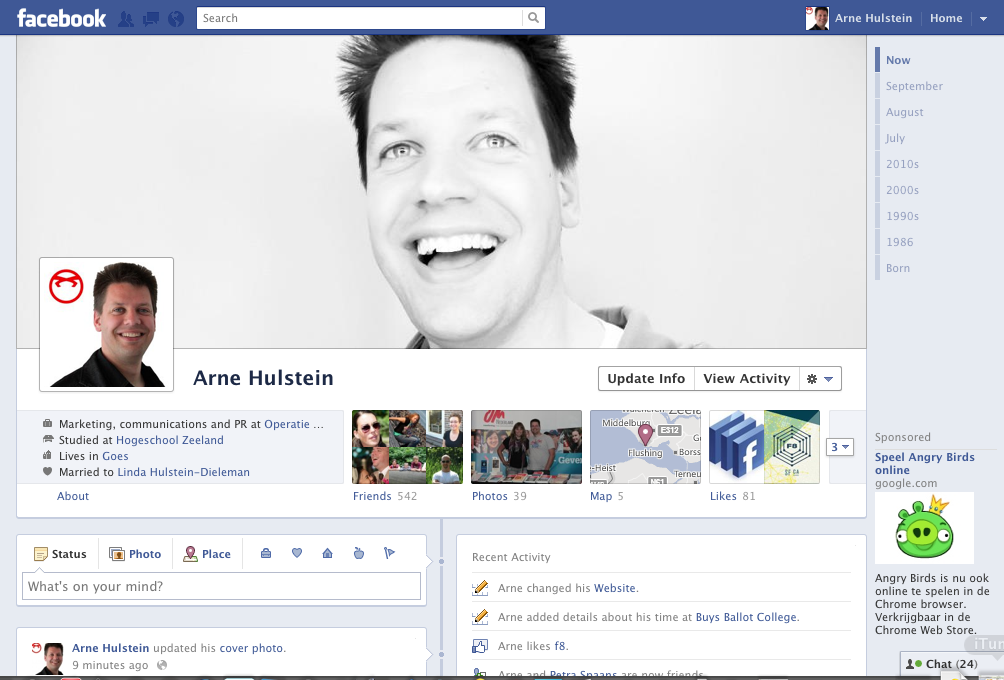


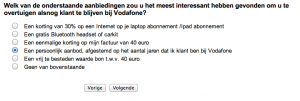



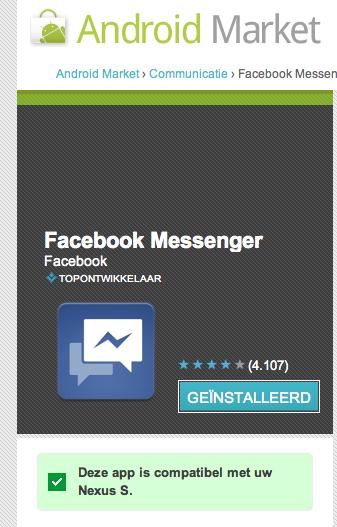
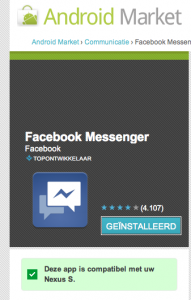
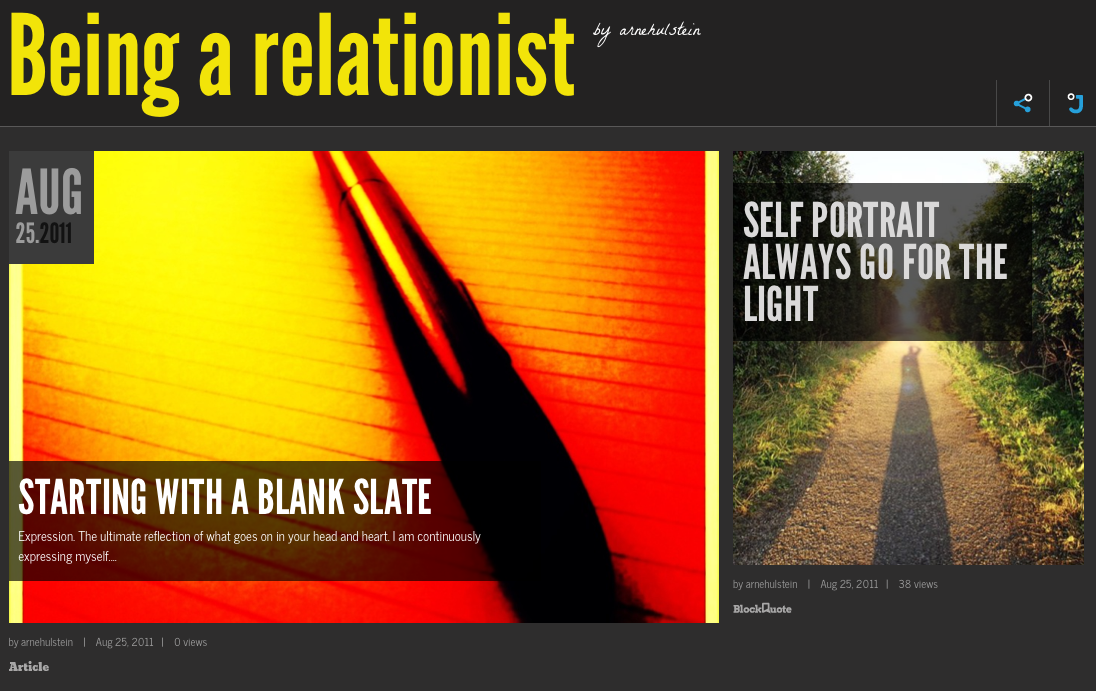
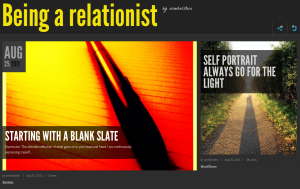
 Is there a downside? Obviously. You have to have that visual content. And not everyone always has visual content that supports the point they are trying to get across. There also is a distinct lack of lenght. I wouldn’t know how I could share the post on recommending your favorite bloggers for LeWeb’11 in Jux. And that makes it less of a real blogging platform to me.
Is there a downside? Obviously. You have to have that visual content. And not everyone always has visual content that supports the point they are trying to get across. There also is a distinct lack of lenght. I wouldn’t know how I could share the post on recommending your favorite bloggers for LeWeb’11 in Jux. And that makes it less of a real blogging platform to me.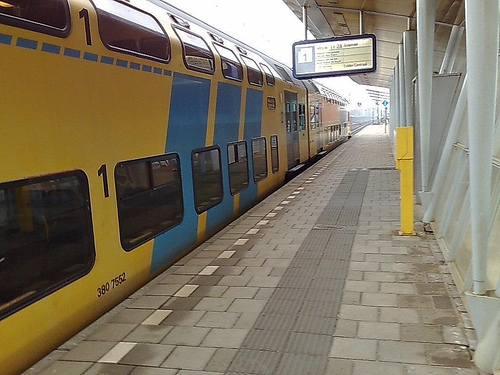
 This morning, I am typing this on a bench at a train station while I am waiting for my connection. I have a place where I want to go, but there are no straight trains to get there, nor has getting there been fundamentally changed over the past fifty years. Or even longer. Let’s face it, the last great boost in technology for public transport came when we traded steam for electricity or diesel for areas where they couldn’t be bothered to put the wiring in. And in the meantime, we are sitting in traffic jams with all their negative side effects. Something is wrong here.
This morning, I am typing this on a bench at a train station while I am waiting for my connection. I have a place where I want to go, but there are no straight trains to get there, nor has getting there been fundamentally changed over the past fifty years. Or even longer. Let’s face it, the last great boost in technology for public transport came when we traded steam for electricity or diesel for areas where they couldn’t be bothered to put the wiring in. And in the meantime, we are sitting in traffic jams with all their negative side effects. Something is wrong here. 
 You can run a good business and offer great customer service. That will make your customers love you. However, they are basing their love for you on how you solved a negative situation. There is no argument about whether this works. Because it does. People enjoy a good solution and they will share it with their friends.
You can run a good business and offer great customer service. That will make your customers love you. However, they are basing their love for you on how you solved a negative situation. There is no argument about whether this works. Because it does. People enjoy a good solution and they will share it with their friends.  I love the future. I have loved it ever since I started reading. Technology is shaping our future fast. Back in 1985 I wrote my first computer program. Back in 1994 I launched my first website and I have been working with organizations on integrating new technology ever since.
I love the future. I have loved it ever since I started reading. Technology is shaping our future fast. Back in 1985 I wrote my first computer program. Back in 1994 I launched my first website and I have been working with organizations on integrating new technology ever since.








